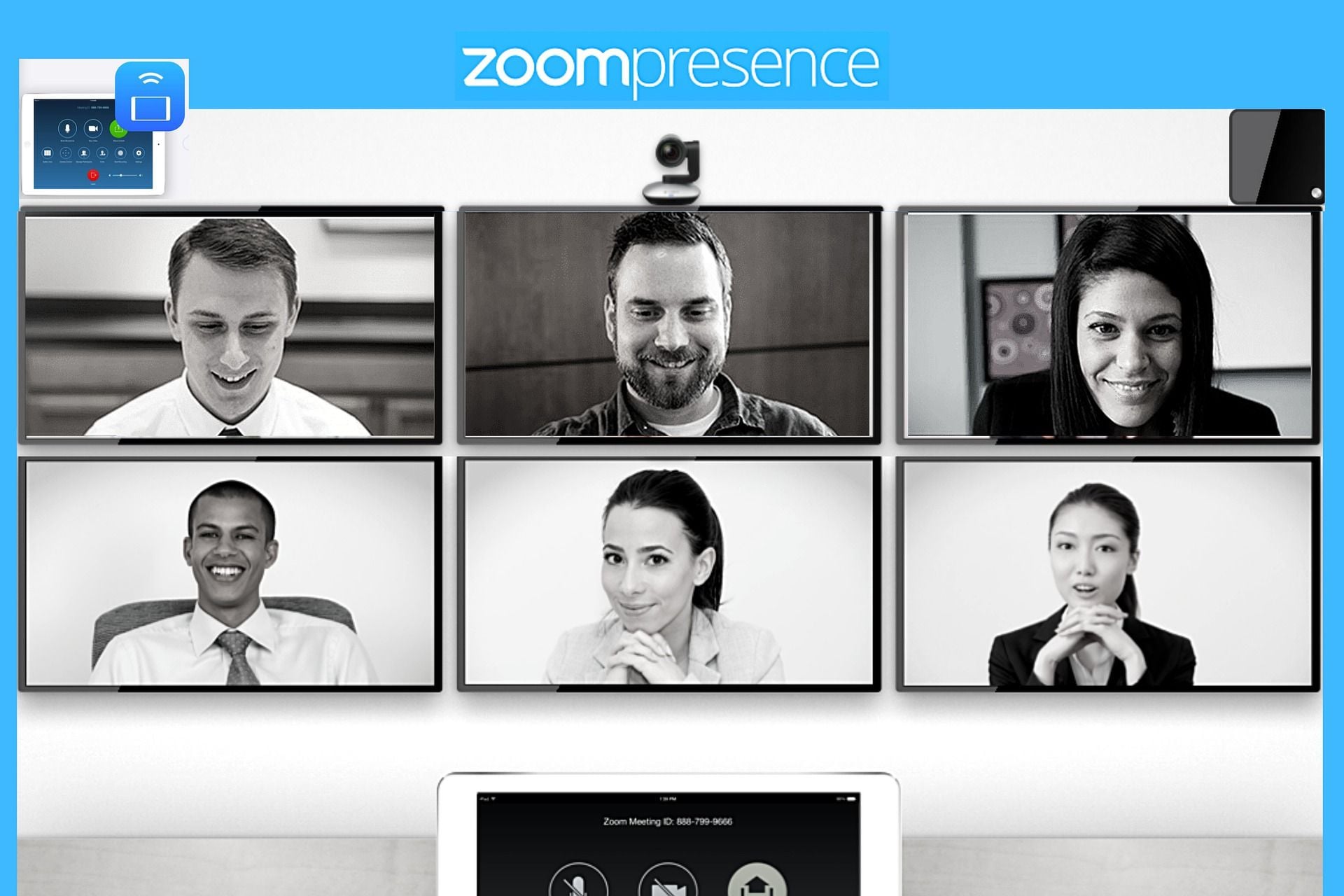7 Tips to Market IT’s Value
Too often, IT’s work is done behind the scenes, and is only noticeable when things go wrong. Here is how to change that.
Depending on your preference, you can say marketing and ITSM go together like peanut butter and jelly, biscuits and gravy, or Mickey and Minnie. Since I am originally from Belgium, I would say they go together like fries and mayonnaise, but only Belgians would understand, so let’s stick to one of the other examples.
To make my point, let’s start with some definitions:
- IT service management (ITSM) is a concept that enables an organization to maximize business value from the use of information technology. IT services are the key means of delivering and obtaining value.
- Marketing is the activity, set of institutions, and processes for creating, communicating, delivering, and exchanging offerings that have value for customers, clients, partners, and society at large.
ITSM’s focus is on maximizing value, but what is the point if nobody knows about the value you bring? That’s where marketing comes in. Below, I share some tips on how to use marketing principles and tactics, including branding, customer journey, and intent signals, to make sure your value is known to everyone. And since seven is the limit to the amount of information we can process and remember at one time, here are seven tips to help:
1. The first interaction sets the tone.
Be part of the onboarding process of new employees and help them with their onboarding journey. What a great way to show your value from day one. Instead of an employee’s first interaction with you being when they have a problem, you start off with a great experience, and that matters.
2. Brand yourself the right way. Your words matter.
Change how you introduce yourself from “I am Rachel with the service desk. I am the one you call when you have IT problems.” to “I am Rachel with the service desk. I am the one who ensures you can continue working with as limited interruptions as possible, even when IT problems arise.”
3. Be visible where your customers can see you.
When I started in the industry, I remember visiting a lot of customers whose IT departments were tucked away in a corner or in the basement. While for security and many other reasons, IT might still have a presence there, nothing holds you back from being visible in other ways.
Move around. Flexible work means you can join another department for a day or week. This helps you understand what they are doing and helps them understand your work as well. In remote, hybrid, or international settings, you can still work on your visibility, share updates, and ask teams to join their quarterly meetings. If there is an annual kick-off, make sure you have a voice. There are many creative ways to do this. For example, you could run a quiz between presentations and sessions in which you share some statistics on the most common incidents, uptime percentages for the business-critical applications, average resolution time, and experience measurements.
4. Transparency leads to alignment.
This ties in with being visible; it’s about sharing the right information.
Physical evidence reminds customers of the value of the services they are receiving. Be transparent and share information broadly, so they know your value. Share metrics and uptime of the services you provide and support to show the value you bring and how you help everyone deliver their value to the business as a whole.
5. Personalize the customer journey.
Marketing is about putting the right message in front of the right people at the right time. The same goes for ITSM: your customers want to be helped through the right channels at the right time (preferably yesterday) in a language they understand. To be able to do this, you have to know your customer, what drives them, what their pain points are, how they want to be helped, and where they look for help. Find this out through interviews, surveys, roundtables, or shadowing specific people or departments for a day. Just like an undercover boss discovers problems that would never make it to the boardroom, you might find hidden hurdles and problems that you can fix.
6. Stay on top of intent signals
Which topics are end users researching the most in your knowledge base? Have they been contacting you? What are the common incidents?
This shows intent, so proactively go to them and offer assistance (such as training or just a phone call or email).
7. Actively seek feedback—continuous learning
Marketing is all about experimenting, tweaking messaging, doing A/B testing, looking at which version works better, and readjusting; call it continuous learning and improving as a result. It takes not only looking at data, but also gathering feedback from various stakeholders, including internal stakeholders (sales, product, support teams, etc.) and, most importantly, the customers.
The same goes for ITSM. Axelos talks about ITSM: “ITSM is based on a set of principles, such as focusing on value and continual improvement. It is not just a set of processes—it is a cultural mindset to ensure that the desired outcome for the business is achieved.”
This entails the same mindset of seeking continuous feedback for continuous learning and continuous improvement. You can do this in a variety of ways: typical satisfaction surveys and customer effort scores (how much effort it took for the customer to have their problem solved), but you can think of other ways: roundtables, feedback luncheons, or even fun competitions.
Focus on positive interactions
Just like the first interaction sets the tone, it’s the sum of all interactions that makes your customer, the employees, satisfied. “Employee experience is a worker's perceptions about his or her journey through all the touchpoints at a particular company, starting with job candidacy through to the exit from the company.”
So, make every interaction matter, and focus on positive interactions. Be proactive, be visible, and tailor what you do and how you do it to what matters most for your “customers.” Don’t overcomplicate things; keep it simple. It’s like The Rock says: “Success isn’t always about ‘greatness’. It’s about consistency. Consistent hard work gains success. Greatness will come.”

)
)
)
)
)
)
)
)
)
)
